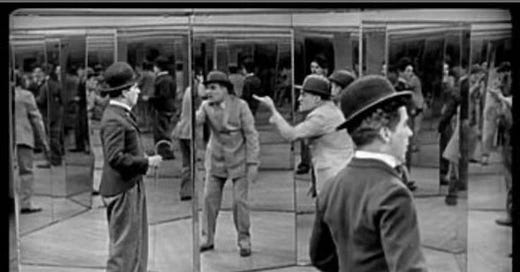Our mission at the Superfan Podcast is a simple one: to bring you closer to the people who make the comics you love, by giving them a chance to talk about things they love that aren’t comics.
But what about us?! What about the hosts of this podcast? Well, we wouldn’t want to waste episodes on ourselves, would we?! No! However! Just in case you want to know what we'd talk about, here's the second Substack where we turn our mission on ourselves. We started with the lovely Kristen Simon, Editor Girl herself, who shared her love for that American classic, the hamburger.
This week is about co-host Christian Gosssett and his love of silent movies. Christian has always been a history buff, as one might already know if they have read his graphic novel series The Red Star, which resulted from six years of research into Russian and Soviet history and earned five Eisner nominations.
If you haven’t heard of his Substack, which started in 2022, it primarily covers his new book, Cthulhutown, which he has been researching since 2017. Set in Los Angeles in the 1920s, Cthulhutown benefits from the same obsession with history.
“In my first sketches, Cthulhutown was set in Los Angeles in the 1940s, but that era had been explored in such detail that I reconsidered it. When my imagination suggested the 1920s, I lit up. Not only was it the decade in which the Cthulhu mythos was born, but it also meant I could tell a story from my love of the Silent Era.”
In a way, all comics are silent films. Ask any great comic creator how to judge a great comic, and they will often say… “I should be able to enjoy the story even if there were no words on the page.” This kind of visual storytelling is also the mark of a great silent film. This is the connection between them.
Gossett’s love of silent films began as a child, when he saw Kevin Brownlow’s documentary series, Hollywood: A Celebration of the American Silent Film, made by the BBC. “I dare anyone to see that documentary and not fall in love with silent film.” In addition to Brownlow’s masterpiece, he grew up in Hollywood in the 1970s, so many aspects of the 1920s were still visible. Its practitioners were still alive. You could still feel the roots of that origin all over town.
Gossett feels that silent films were unjustly abandoned too soon. The advent of sound was wonderful, and it makes perfect sense why the studios of the day wanted to compete with radio by syncing sound and picture. However, there were visual storytelling techniques from that era that went uncredited, which are still used today. Robert Eggers’ Nosferatu is a perfect reminder of how powerful these methods still are. Another example is the hall of mirrors scene in John Wick: Chapter 2. The first ever ‘Hall of Mirrors’ gag is from Charlie Chaplin’s 1928 film, The Circus. His admirer, Orson Welles, added suspense to his hall of mirrors scene in the Lady from Shanghai in 1947. And from there follow countless examples, including Bruce Lee in Enter the Dragon.
In the rush toward sync sound, the only studio that did not forsake the magic of silent film techniques was Disney. Walt Disney loved silent films, and even though Steamboat Willie was a major milestone in sync sound, he didn’t throw out the baby with the bathwater. So much of the magic of his movies originates from his love of the silent era. To walk through Disneyland is to experience his passion for that time all around you.
Other filmmakers who carried it forward are John Ford, Allan Dwan, and King Vidor. Perhaps the greatest modern example is another director who is a favorite of Gossett’s, George Miller of Mad Max fame.
If you watch the 'Road Warrior' film again, outside of the narrated prologue and the masterful sound effects, Mad Max doesn’t say his first line for sixteen minutes. Almost no dialogue is spoken. Miller is a big Kevin Brownlow fan; he has read the book The Parade’s Gone By and quotes it frequently. Looking at all the Road Warrior films, it again proves just how much we owe to the filmmakers of the 1920s.
“When I started directing my first live-action short, because of my background in comics, it was a silent film. I didn’t even realize I was doing it; it just happened.”
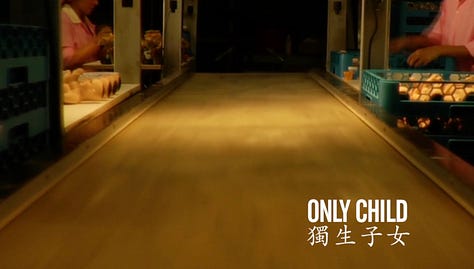

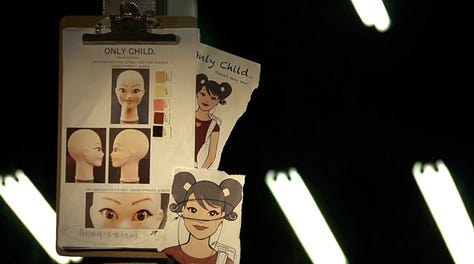
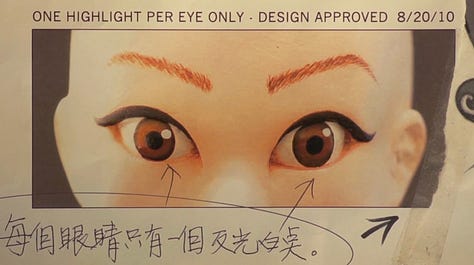
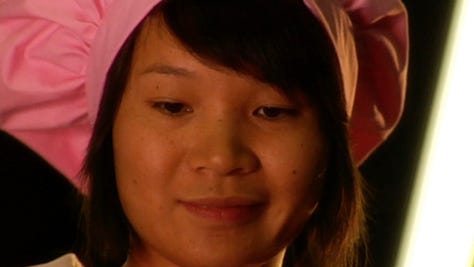
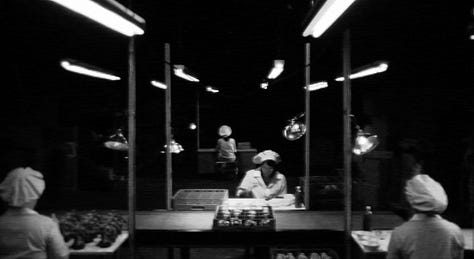
Many great silent films have been lost to time, unfortunately, and Gossett can’t even count how many he has seen. He watches a few silent movies every week, especially now, because they inspire him in relation to Cthulhutown.
“I want to make sure that I share as much of my love for the silent era as possible, and do so in a way that shows what an amazing time it was.”
Another thing Gossett loves about those early filmmakers is their commitment. People died making silent films. They did dangerous things to get the shot. They shot people in catapults, they crashed planes, they crashed trains, they constantly trapped themselves in burning buildings. Charlie Chaplin learned to tightrope walk for The Circus, and despite the pleas from his crew, built the tight rope 30 feet up. There were safety platforms beneath it, but these were incredibly narrow. There was almost no margin of error.
Gloria Swanson literally did a scene with a grown lion on top of her. She demanded to play the scene instead of a double, and to use the lion instead of trick photography. In James Cameron’s action classic Terminator 2, a helicopter flies under a freeway overpass. Not a miniature. Not CG. A real pilot pulling off a real stunt in front of real lenses.
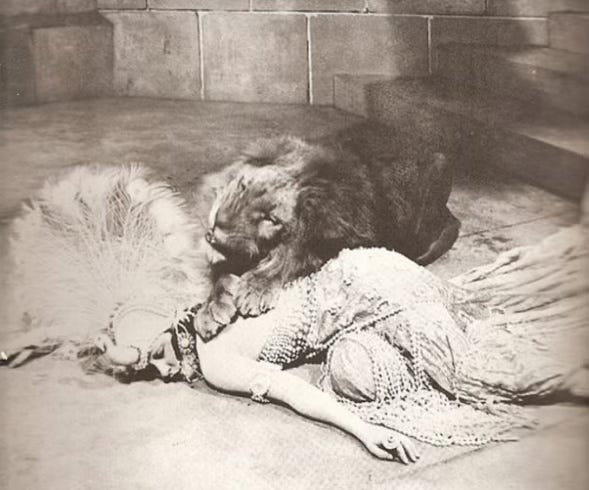
The connection between these is danger. Seeing real danger on screen and knowing it’s real to the people making it is undeniably thrilling. Tom Cruise gets this. Like the earliest cinema greats, he knows the value of the Danger Act. It’s one of the reasons why Tom Cruise is widely considered the last remaining movie star.
When asked about a dessert/cocktail pairing that would represent his appreciation for the Silent Film Era, Gossett had no hesitation. The cream pie gag was first used in a 1907 silent film by Essanay Studios and later incorporated by Chaplin in his 1915 film, A Night in the Show. Laurel and Hardy further popularized it in their 1927 film, The Battle of the Century, where it was said they went through an estimated 3,000 pies.
For the Filling
2 eggs
2 egg yolks
1/4 tsp kosher salt
1/4 cup corn starch
1 1/4 cups granulated sugar
3 cups milk
1 tbsp vanilla extract
4 tbsp butter, unsalted
For the Whipped Cream Topping
2 cups heavy whipping cream
1/4 cup powdered sugar
2 tsp vanilla extract
INSTRUCTIONS
For the Filling
Pour milk into a pot, add vanilla extract, and place over medium heat, stirring. Remove from heat just before it boils and let it stand for 10-15 minutes.
Whisk together the two eggs and two egg yolks in a medium bowl, then set aside.
Add sugar, cornstarch, and salt to a medium pot. Whisk to combine, then pour in the milk through a strainer and whisk again to distribute the dry ingredients evenly. You don't want clumps!
Place over medium-high heat and whisk continuously until the mixture thickens. About 5 minutes or so.
Once the mixture has thickened, reduce the heat to medium and continue stirring. Cook an additional 6 minutes. Then remove from the heat.
Time to temper the eggs! Slowly drizzle a cup of the hot milk mixture into the eggs while whisking vigorously. Add the egg mixture to the pot while whisking and return to medium-high heat for 2 minutes of whisking over heat.
Transfer to a large bowl, add the vanilla and butter, and stir until the butter is completely melted.
Cover the surface with plastic and chill to bring it down to room temperature.
For the Whipped Cream Topping:
Add heavy cream, sugar, and vanilla to a stand mixer. Whip on high until you reach soft peaks. I recommend making the whipped cream just before serving, but you can prepare it in advance and chill the entire pie.
For the Assembly
Pour or spoon the filling into a store-bought pie shell; the consistency will depend on how cold the filling was. Smooth out, cover, and refrigerate for at least 4 hours.
Add the whipped cream to the top of the pie before serving. This step can be done right after the filling is added, but covering the whipped cream in the fridge will cause the surface to mar.
For the cocktail we’re pairing with the cream pie, Gossett references the 1926 novel by Ernest Hemingway, The Sun Also Rises. The cocktail was created by Jim Meehan, an award-winning bartender best known for his work at the seminal New York cocktail bar PDT and as the author of “The PDT Cocktail Book” and “Meehan’s Bartender Manual.”
“I selected this cocktail because in Chaplin’s silent movie, The Gold Rush, he’s so desperate with hunger that he eats his own shoe. The shoe was actually made out of licorice, and Chaplin ate 63 of them while filming. So, I wanted something with a licorice flavor, but also a reflection of that era. The obvious choice was absinthe.”
2 ounces Banks 5-Island rum (or any white rum will work as a sub, so long as it's not an unaged overproof)
1/2 ounce Luxardo maraschino liqueur
1 teaspoon Vieux Pontarlier absinthe
3/4 ounce lime juice, freshly squeezed
1/2 ounce grapefruit juice, freshly squeezed
Add all the ingredients to a shaker filled with ice, and shake until chilled. Then, strain into a glass filled with crushed ice.
If you’re a fan of silent films, please don’t hesitate to comment and let Gossett know!
Thank you for joining us on this podcast journey. Please be sure to like and subscribe! You can find us on the socials at Instagram, Bluesky, Facebook, and X! Soon, you’ll be able to see the podcast on our YouTube channel as well. Follow it now so you don’t miss out!
Special thanks to our Season One sponsor, the Fanbase Press! Fanbase Press is a GLAAD Media Award-winning and Eisner and Harvey Awards-nominated comic book publisher that celebrates super fandoms and creates new ones! #StoriesMatter.


